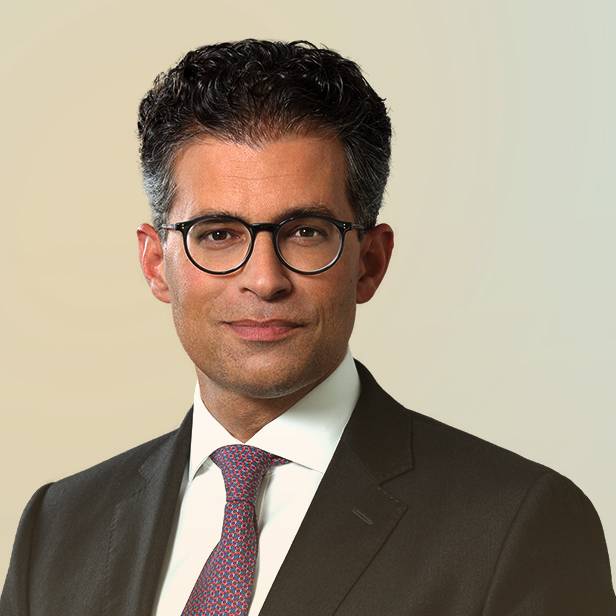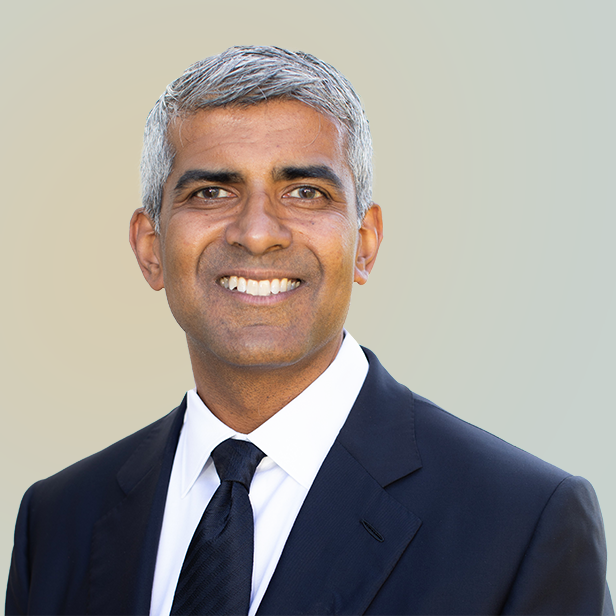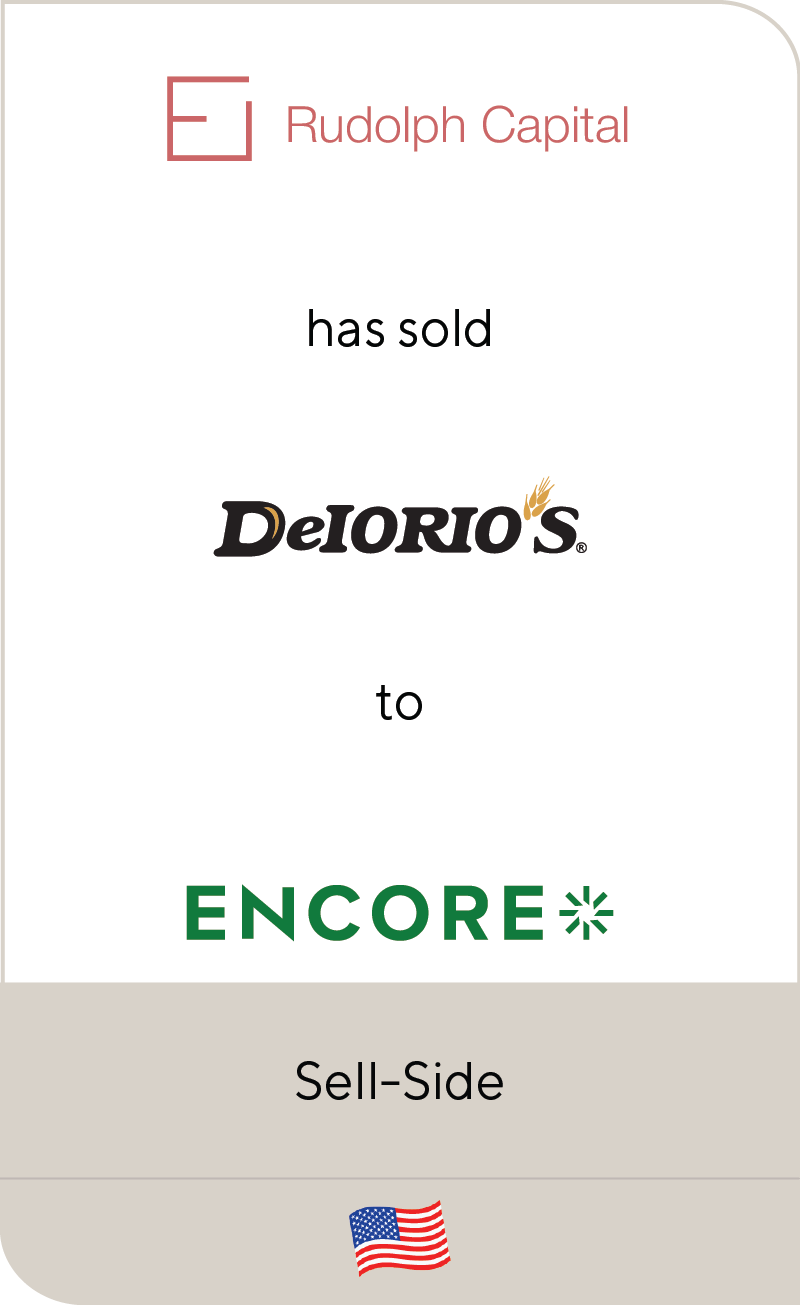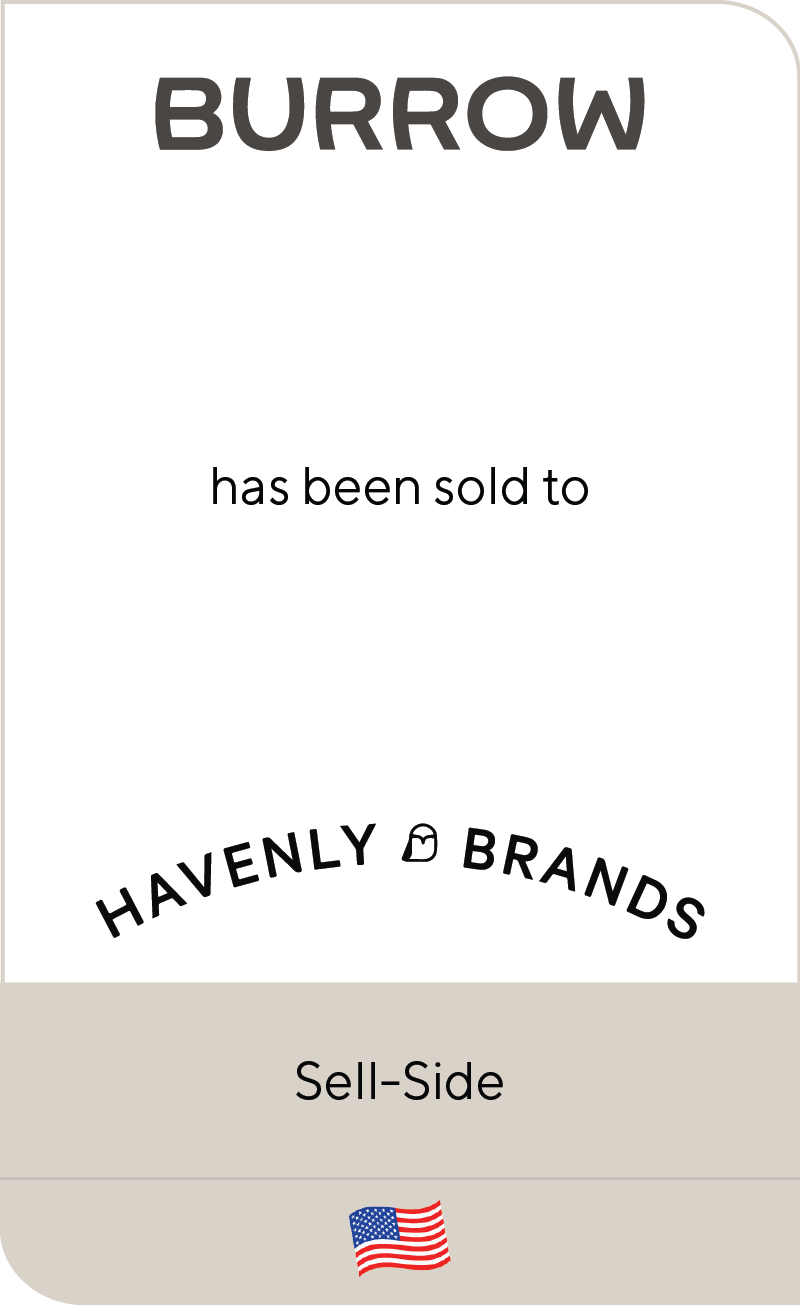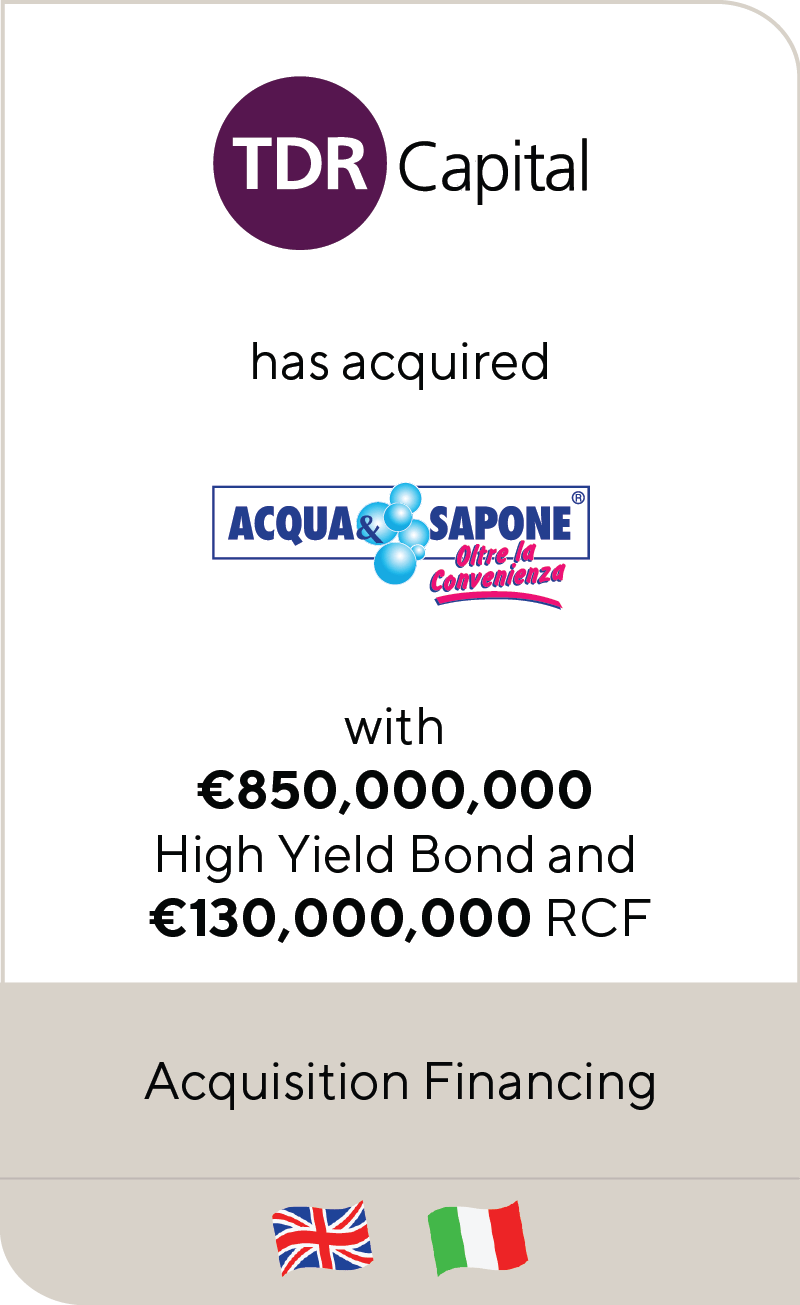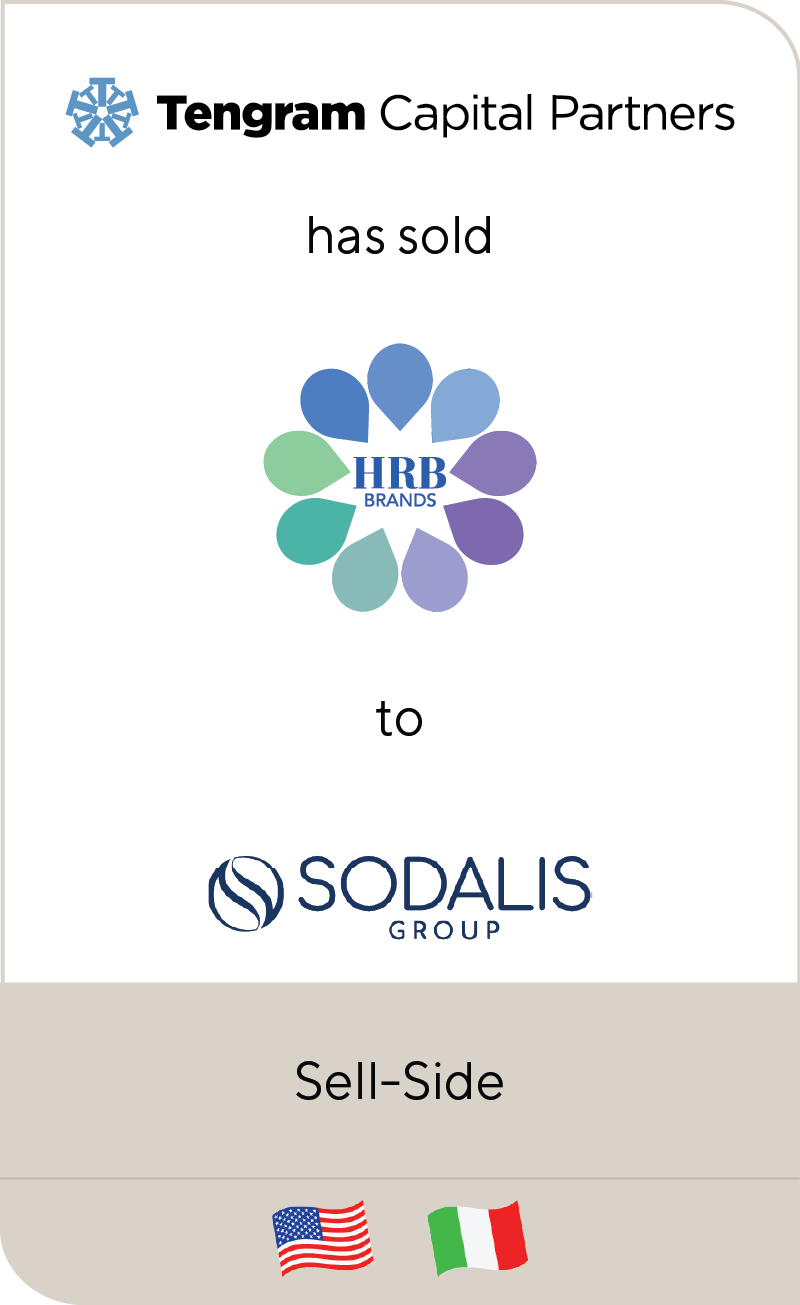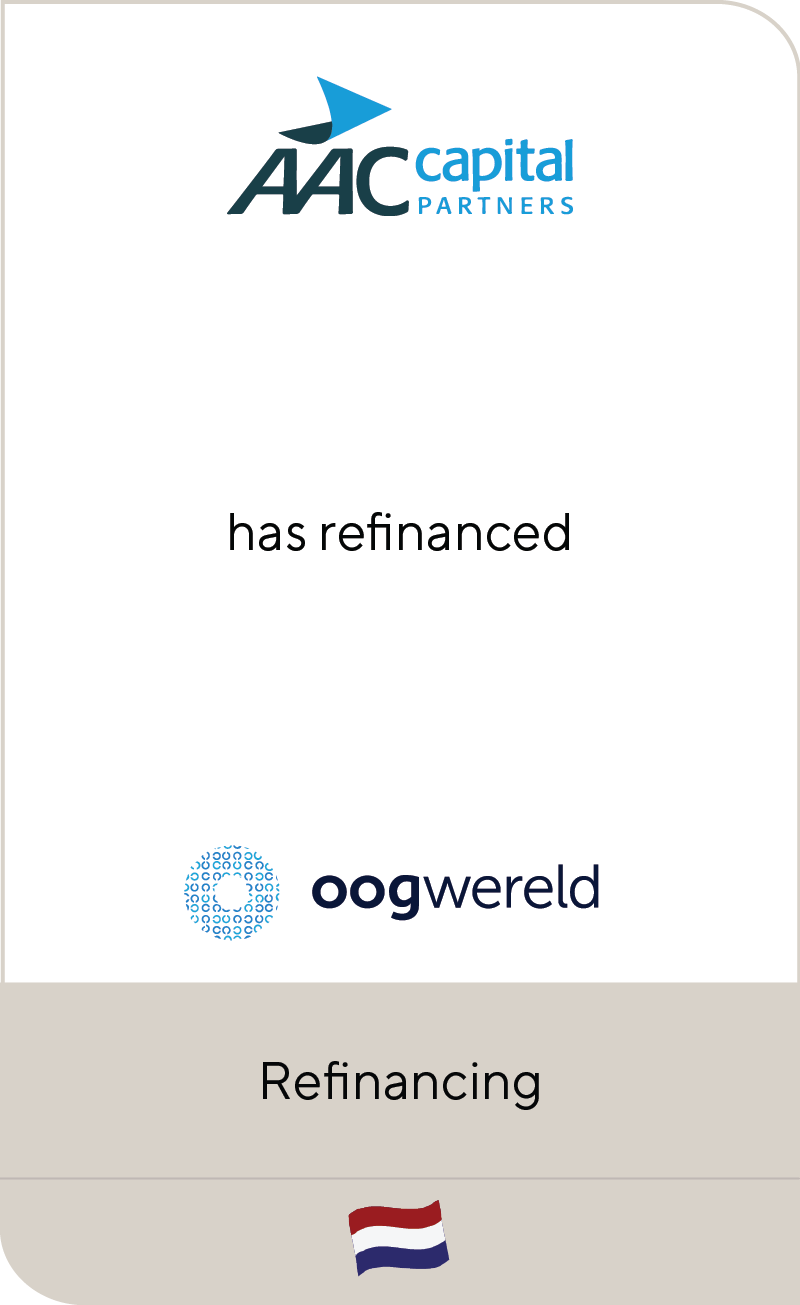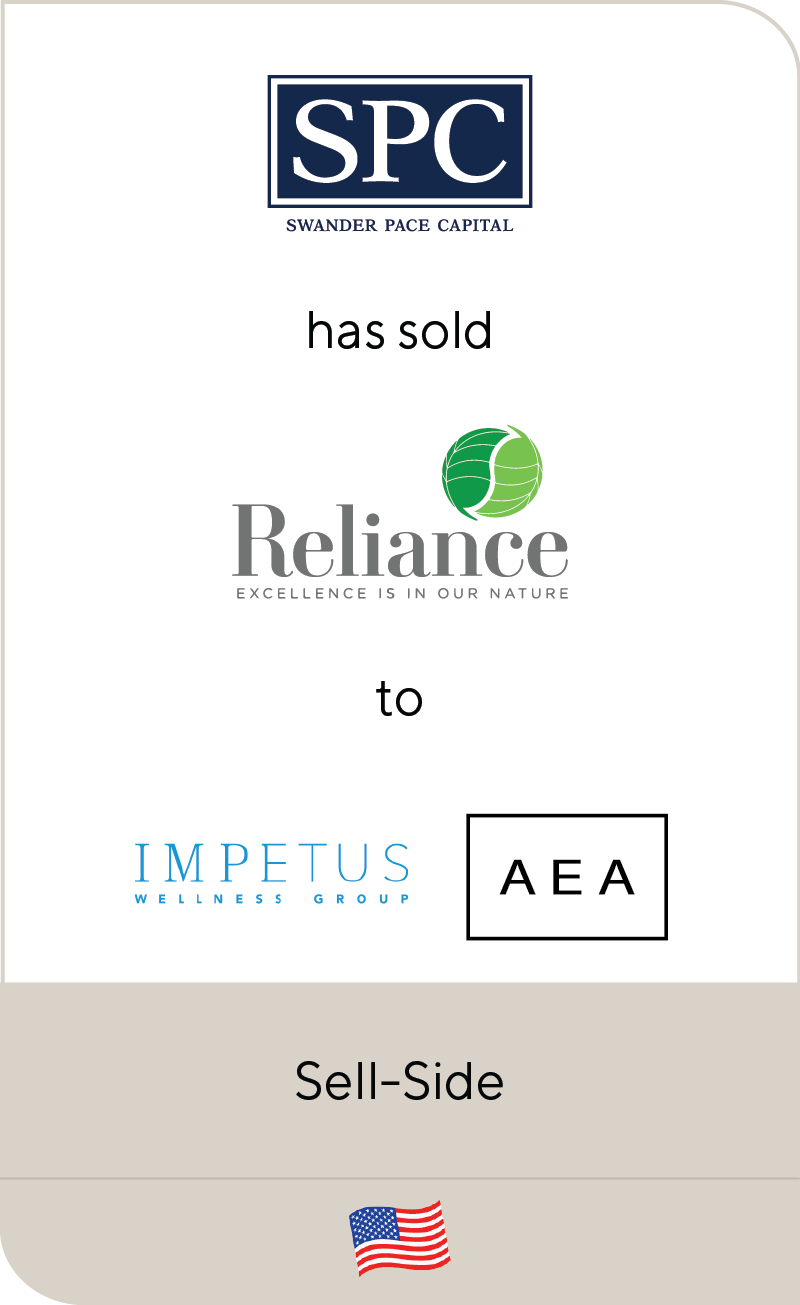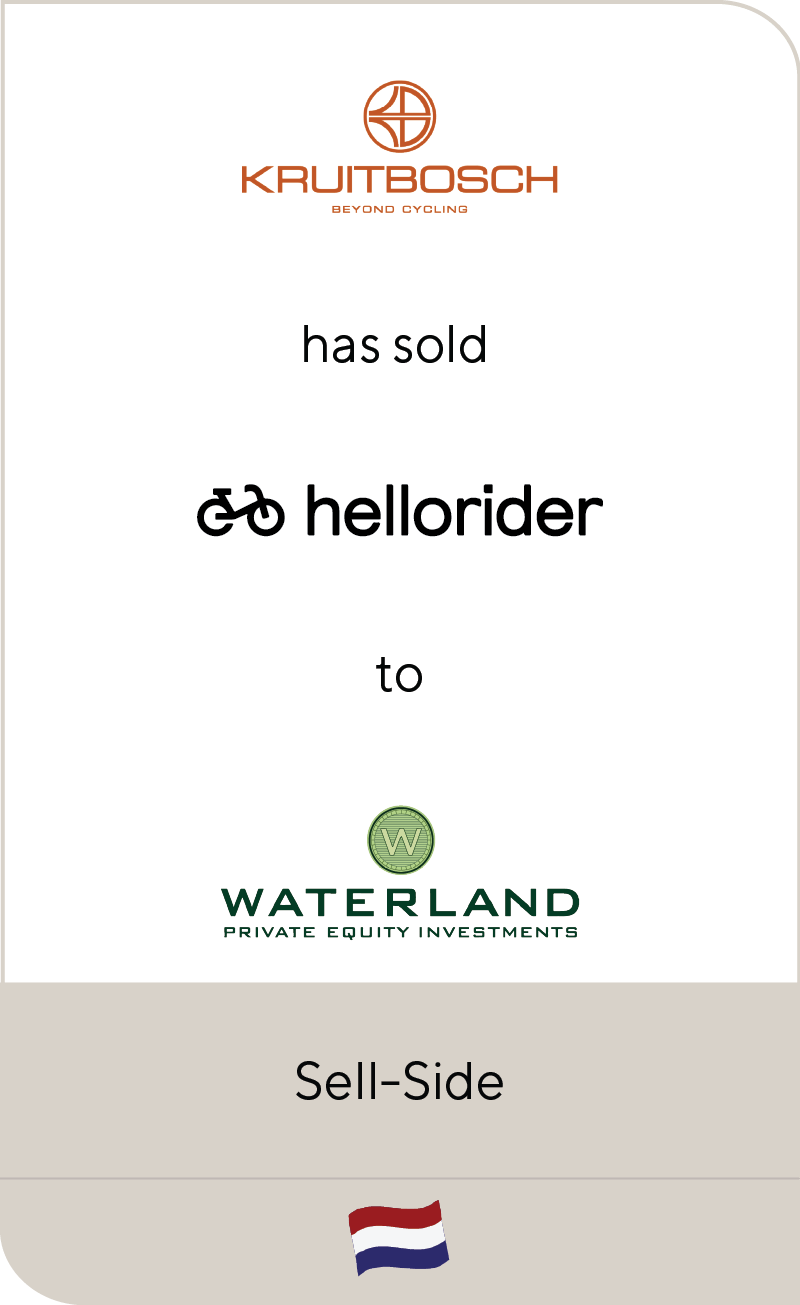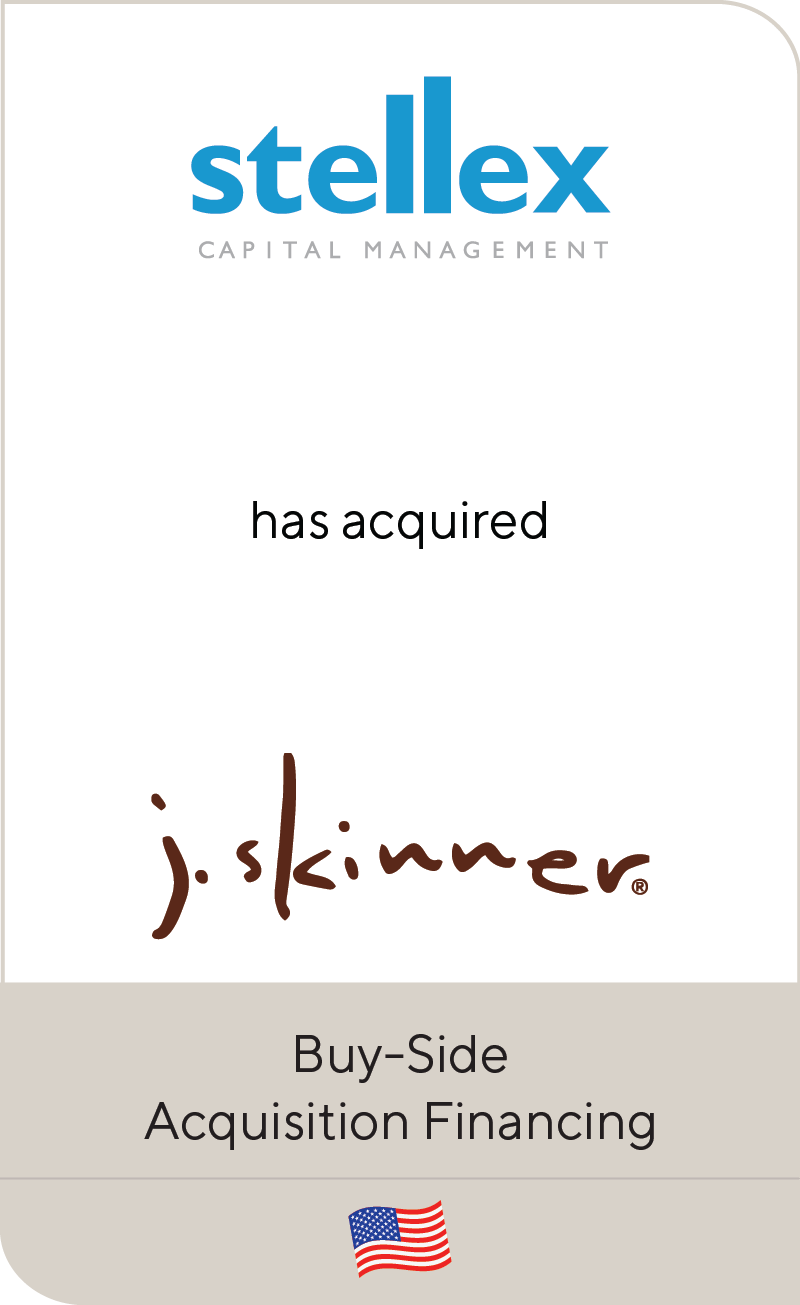Beauty and Apparel Sectors: Always in Vogue
Jun 2022
Beauty and apparel trends are constantly evolving. Yet one constant is the resiliency of both sectors during previous economic downturns.
The “lipstick effect,” or notion that consumers will spend on small indulgences during financially challenging times, is a leading factor in this phenomenon. Despite fewer in-person interactions during the pandemic, lockdowns demonstrated that these expenses remained important for consumers, evidenced by their continued spending on fragrance, skin care, hair care and athleisure.
With concerns about a potential economic downturn on the minds of dealmakers, investors and company leaders in these sectors remain bullish, confident that their products will prevail through economic cycles.
Summary
-
Despite current hurdles like supply chain challenges, inflation and recessionary concerns, the overall outlook for beauty and apparel remains positive through the end of the year.
- Click here to download a printable version of this perspective.
- Sign up to receive Lincoln's perspectives
Investment opportunities within beauty and certain segments of apparel are abundant, including, but not limited to:
| Athleisure: Interest in athleisure peaked during the pandemic but continues to remain popular as consumers prioritize comfort and practicality. Amongst the younger demographic, staying on trend also supports this category.
Functional Apparel: Apparel that leads with functional or technical fabrics and components designed for specific activities is generally less cyclical in nature as it is not as subject to changing fashion trends. They remain necessary to consumers who wear it — no matter the economic circumstances. Workwear and uniforms as well as niche apparel categories, such as hunting and fishing-related apparel, are more likely to be resilient. Luxury Fashion: We are still seeing strength in the U.S. market for luxury fashion, particularly within high-end handbags and footwear, despite higher costs that mirror the pricing found in Asia. As consumers return to their social lifestyles and prioritize attending events again, they seek new fashion items for these occasions. Luxury brands have been able to pass on significant price increases to their consumers without a drop in demand and remain optimistic despite the current market volatility. Skin and Hair Care: In recent years as consumers’ focus on wellness has increased, they have paid careful attention to not only what they put in their bodies, but also what they put on their bodies, leading skin care to skyrocket in popularity. Hair care is experiencing the “skinification of hair,” or the demand for products that are results-driven like scalp-care products and solutions for growing and repairing hair from the inside out. Fragrance: Fragrance is no longer seen as “just another luxury.” Today, it is a tool that is used to enhance consumers’ mental state, acting as a mood lifter as it evokes sensorial memories and experiences. |
Lincoln Perspective
While not entirely recession-proof, beauty and apparel have proven their agility and resilience —attracting the interest of investors. Despite current hurdles like supply chain challenges, inflation and recessionary concerns, the overall outlook for beauty and apparel remains positive through the end of the year.
For companies looking to attract the interest of private equity investors, Lincoln International identified the following items to keep in mind:
| Be prepared for increased due diligence: As investors look to mitigate risks amid economic uncertainty, processes might take longer to move forward as there is a higher level of diligence. Many beauty and apparel companies are young and have not yet experienced a downturn, so those looking for a potential investor or sale will need to convey not only how they thrived during COVID-19, but also how they can maintain momentum. |
| Ensure an omnichannel presence: In today’s market, investors want proven evidence that a brand can be successful across multiple channels. Where digital native brands used to be highly attractive, today the brands that catch investor attention can provide an omni-channel experience, selling no matter where the customer is — both in digital channels and traditional brick-and-mortar retailers. At the same time, diversifying marketing spend across channels — in the expensive digital world and cheaper alternatives — can help brands maintain strong financials. |
| Embrace technology and innovation: For beauty and apparel, technology and innovation are becoming critical to capturing customers at several stages of the buying journey. That includes improving the shopping experience through the addition of digital capabilities and virtual elements, like previewing a product on your skin or body type before purchase or incorporating tailored algorithms that target the best product for each consumer. Direct-to-consumer sales remain the key to creating a sticky customer base. |
| Pursue new marketing channels: As we enter a new era of customer interactions with brands, companies must be open to embracing a range of marketing tactics — from targeted influencer partnerships to traditional direct mailings. They must also be open to strategies outside the norm, like advertising through streaming platforms to reach a broader audience. There is also a shift from older, more expensive social media platforms, like Facebook and Instagram, to newer, more cost-effective platforms, like TikTok. Ultimately, creativity is required as well as an enthusiasm to look ahead and embrace new tactics. Further, testing and learning from these new strategies will help ensure ROI on marketing spend. |
As the vast investment landscape for beauty and apparel continues to expand, the need for a strategic advisor is more crucial than ever. Interested in other perspectives on the consumer industry, including the beauty and apparel sector? Sign up to receive email updates to stay on the pulse of what is happening in the sector.
Contributors

With a commitment to building lasting relationships, I take a bespoke approach to the individual needs of every client I work with, seeking to be their champion, trusted advisor and partner well before, leading up to and throughout any potential transaction that may take place.
Ashleigh Barker
Director
Los AngelesMeet Professionals with Complementary Expertise in Consumer
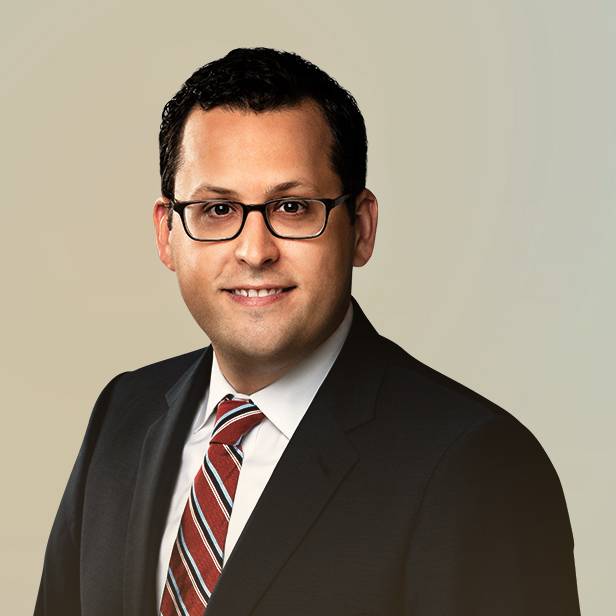
I have a hands-on approach and bring energy, creativity and passion to every client transaction.
Eddie Krule
Managing Director
Chicago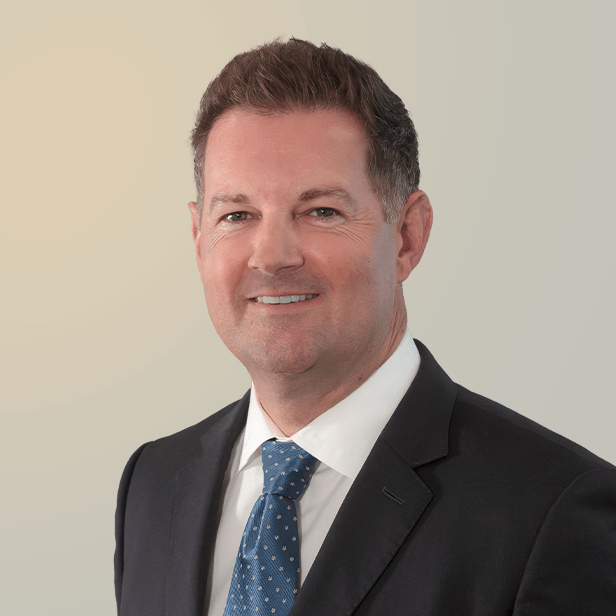
I design strategies and offer solutions that fit the unique ambitions of each client I serve.
Brian Little
Managing Director
Los Angeles
I take a long-term approach to building relationships and understanding clients' businesses in order to provide timely and relevant advice.
Alex Masters
Managing Director & Co-head of Consumer, Europe
London



